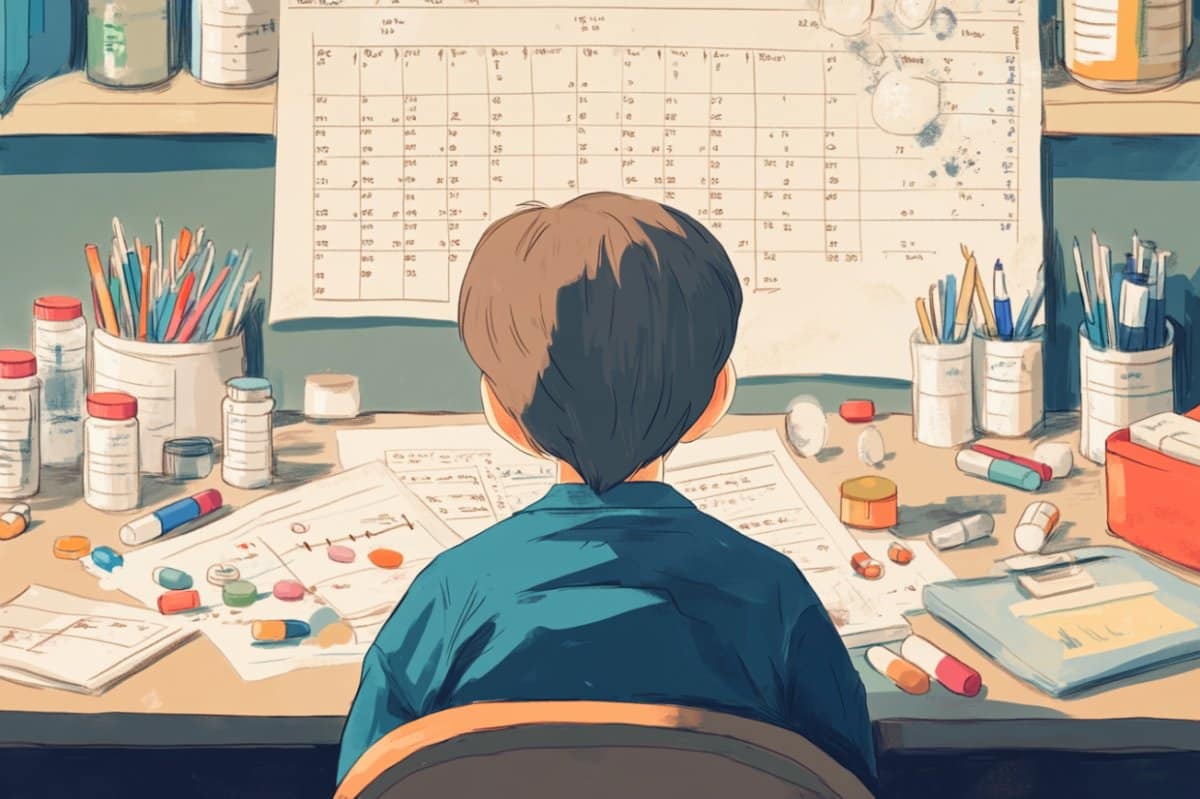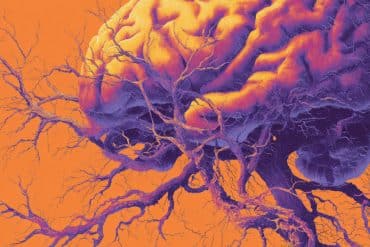Summary: A large Finnish registry study reveals that many children, especially boys who begin ADHD medication between ages 6 and 8, remain on treatment for more than seven years. While the average duration of ADHD medication was over three years, a quarter of treated children remained on it for over seven, and some for nearly a decade.
Despite widespread and increasing use, long-term safety data from controlled clinical trials only extend to one year. Researchers stress the need for more rigorous studies and annual reassessments, urging caution when prescribing medications to children at sensitive developmental stages.
Key Facts:
- Prolonged Use: A quarter of children stayed on ADHD meds for over 7 years.
- Gender Gap: Boys started younger and stayed on medication longer than girls.
- Safety Concerns: No controlled clinical trials have assessed safety beyond 1 year.
Source: University of Turku
The use of ADHD medication has increased notably in recent years, but its long-term effects in children have not been sufficiently studied, despite years of use.
A recent population-based register study found that the average duration of ADHD medication treatment for Finnish children and adolescents was over three years. In the quarter of children with the longest duration of ADHD medication treatment, the treatment lasted more than seven years.

“This is an important research opening, as the duration of long-term use of ADHD medication in children and adolescents in everyday life has only been studied to a very limited extent,” says the study lead Päivi Ruokoniemi, a Specialist in both Clinical Pharmacology and Therapeutics and Child Psychiatry from the University of Helsinki.
Boys treated more often and for longer periods
The study found that both gender and the age at which ADHD medication is started have a significant effect on the duration of treatment. On average, ADHD treatment lasted just over a year longer for boys than for girls. For both genders, an early age of onset led to longer medication treatment.
The longest duration of ADHD medication was for boys who started medication at the age of 6–8 years. The median duration of their medication treatment was 6.3 years, and for a quarter of them the treatment lasted more than 9.4 years. This group was also the largest group to start ADHD medication. Boys aged 6 to 8 accounted for 32.4 percent of the study subjects.
“Our research shows that a significant proportion of young children, especially boys, are on ADHD medication for years, throughout their comprehensive school years. In this context, it is worrying that reliable research data on the safety of these medicines is only available for a follow-up period of up to one year. After all, we are talking about children at a very sensitive stage of development,” says Ruokoniemi.
Studies on long-term effects lacking
The most reliable evidence for the safety of medicines comes from clinical, controlled, and randomised trials. For the regulatory approval of ADHD medications, the European Medicines Agency requires pharmaceutical companies to establish clinical safety with a study covering at least one year of follow-up.
“The long-term effects of ADHD medicines have been studied extensively in various observational and uncontrolled research settings, but these are always prone to confounding and therefore do not provide reliable information on cause-and-effect relationships,” continues Ruokoniemi.
“Due to these uncertainties, it is important that ADHD medication is only started when non-pharmacological treatments have been deemed insufficient.
“Even in this case, it must be ensured that both the caregiver and the child, in accordance with the child’s age and level of development, have access to sufficient information on the expected benefits and harms of the medicine and the uncertainties associated with them.”
The researchers also recommend that the need for ADHD medication that has already been started should be reviewed annually by a medical doctor.
The descriptive register study, recently published in the journal European Child & Adolescent Psychiatry, was carried out as a research collaboration between the Universities of Turku and Helsinki and the Finnish Social Insurance Institution Kela.
The data used in the study was from the register of dispensations reimbursable under the National Health Insurance Scheme for the years 2008–2019. The data included nearly 41,000 children and young people who had started medication treatment in Finland. The duration of medication treatment was estimated using Kaplan-Meier survival analysis.
In 2019, the last year of the study data, the prevalence of ADHD medication was 5–6 percent for boys and 1.3–1.5 percent for girls. Since then, the use of ADHD medication has continued to increase both globally and also in Finland, where the increase has been even faster than in other Nordic countries.
“We know that the proportion of Finnish children and adolescents using ADHD medication in Finland has already doubled since the years we conducted our research,” says Ruokoniemi.
About this psychopharmacology and ADHD research news
Author: Tuomas Koivula
Source: University of Turku
Contact: Tuomas Koivula – University of Turku
Image: The image is credited to Neuroscience News
Original Research: Open access.
“Duration of ADHD medication treatment among Finnish children and adolescents ‒ a nationwide register study” by Päivi Ruokoniemi et al. European Child & Adolescent Psychiatry
Abstract
Duration of ADHD medication treatment among Finnish children and adolescents ‒ a nationwide register study
Aim
To study the duration of attention-deficit/hyperactivity disorder (ADHD) medication treatment among children and adolescents by sex and age group in Finland during 2008–2019.
Methods
This was a descriptive, population-based register study covering all Finnish children and adolescents aged 6–18 years who initiated their first ADHD medication treatment period between January 1, 2008 and December 31, 2019 (n = 40691). To establish the duration of use we collected data from the register of Dispensations reimbursable under the National Health Insurance Scheme register.
The median follow-up time was 3.8 years (Q1 = 1.7, Q3 = 7.1). Treatment duration was calculated as the interval between the date of the first and last purchase with a cut-off of 365 days allowed between purchases. The durations were estimated using Kaplan-Meier survival times.
Results
The median duration of ADHD medication treatment was 3.2 years (95% CI 3.2, 3.3, Q1 = 1.0 95% CI 0.9, 1.0, Q3 = 6.8 95% CI 6.7, 7.0). Sex and age significantly influenced treatment duration (p <.0001 and p <.0001). Boys had longer treatment duration than girls and the younger the subject, the longer the duration of usage. Boys aged 6–8 years (32.4% of the subjects) exhibited the longest treatment duration with a median of 6.3 years (95% CI 6.2, 6.5, Q1 = 2.6 95% CI 2.5, 2.7, Q3 = 9.4 years 95% CI 9.2, 9.6).
Conclusions
The duration of ADHD medication treatment among children in the real-world clinical setting goes well beyond the data available from randomized controlled trials and extends for several years especially among young boys.







